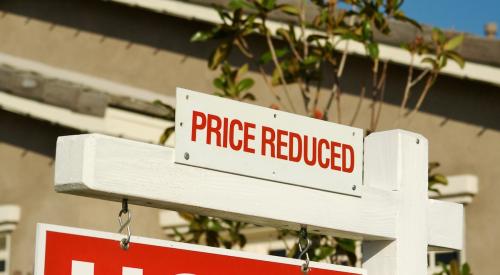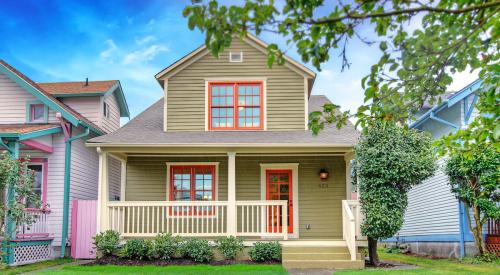The typical U.S. home costs double what it did in 2012, but according to Redfin, average wage growth has only risen 35% in the same time frame. A decade of home-price inflation is largely the result of limited housing supply, but as wealth inequality becomes more commonplace across the country, a growing segment of low-income and middle class households are being priced out, and an 8%+ inflation in consumer prices isn’t helping.
Without innovative solutions, supply constraints will chip away at every facet of the U.S. economy, but real, progressive changes start with better policy to stay ahead of the curve before the damage is already done, says Redfin chief economist Daryl Fairweather.
Like the housing market, the economy is supply constrained. It isn’t living up to its full potential. The reason we are supply constrained is that—just as we are behind the curve on building homes—there are other segments of the economy where we’re behind too. For example, if we were ahead of the curve on electrification and renewable energy, inflation in gas prices wouldn’t be so painful. If we were ahead of the curve on planning and budgeting for a pandemic response, we wouldn’t have needed to shutdown the economy for as long as we did.













